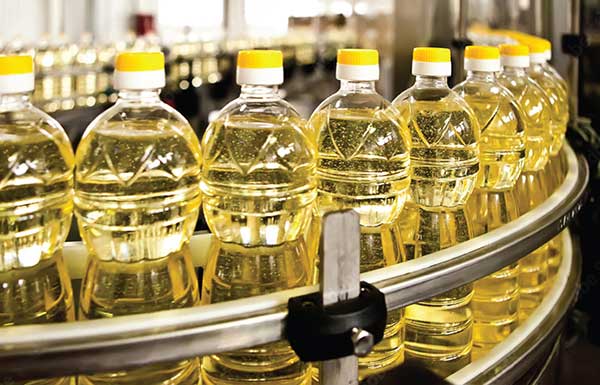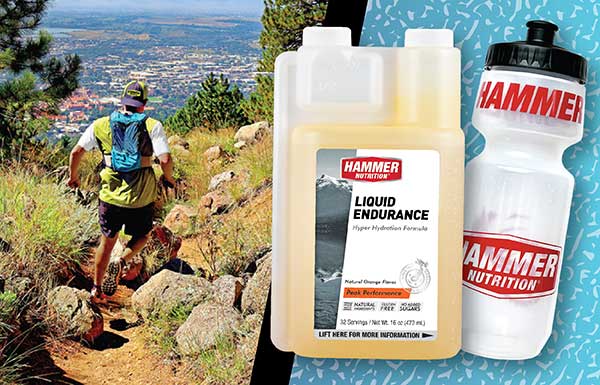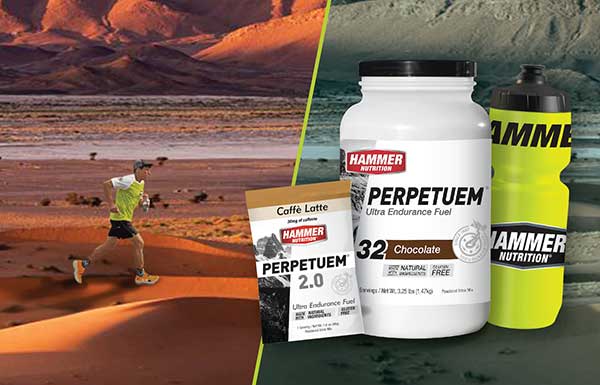What’s your MCPH?
BY BRIAN FRANK
Hey, Hammer fans!
Brian Frank here talking about a really important subject. “Got to get this off my chest before I explode," as the old headline used to read. For 36 years, I've been dealing with the question of how many calories per hour one should consume when exercising, be it an hour, 3 hours, 6 hours, or 12-hour multi-day events. Hint – Less is BEST!
This question vexes many athletes, and unfortunately, there is so much myth and misinformation surrounding it. The high-calorie crowd, as we call them, the experts of the day, were saying the same thing about how many calories per hour, with some going as high as 400, even 600! Silliness!
Maybe that's what you're burning. Doesn't really matter. You can't consume anywhere near that much. So, now we have a whole new generation of research, sort of. The outcome of a couple of questionable studies touting 60 to 90 grams an hour of carbohydrate is the basis for the "new" 60-90 grams per hour or recommended intake. Take a closer look at that research - Test subjects operate at 50% of max watts! What?
That's right. Participants are walking along at a 95 beats per minute heart rate, not so much. We're constantly exercising at a much higher heart rate than that.
You've probably tried higher calorie intake and had GI distress, plus all kinds of fun problems that go with it. So we invented this concept that less is best for optimal fueling in response to constantly dealing with athletes suffering from overconsumption of calories. So I have a little system I call the minimum calories per hour - MCPH.
MCPH is the number you want to know. You want to determine your minimum calories per hour that allows you to exercise at the limits of your ability and fitness, not slow down, and not suffer GI distress or any other cramping problems. It comes down to about one calorie per pound of body weight for most athletes.
That usually ends up being the sweet spot, plus or minus a few. So, for most athletes, we're talking 100 to 180 calories an hour. Nowhere near this 240 to 360 calorie craziness we're hearing. This high-calorie take also contradicts human physiology. We know that the human liver can return about 1 gram of carbohydrate per minute into Glycogen.
So there you go. Four calories per gram, times 60 minutes in an hour, equals a 240-calorie per hour theoretical ceiling. So why try to exceed that? And more to the point, why try to stuff so many calories down your throat when you just want to go pedal, swim, bike, run, whatever?
So do that and consume a lot less calories. You'll be happier, your stomach will be happier, and you can forget about all the high-calorie fuss and mus. So less is best. 100-180 calories an hour. One calorie per pound of body weight, and you'll be in the ballpark.
Hammer on.










13 comments
Thanks!! I finally get it!! I’ve been using Hammer for years due to the information in “The Endurance Athlete’s Guide to Success”, but the light bulb finally came on from reading this. Although this explains the calorie intake, I’ll presume there’s a guideline for hydration in an hour and that everyone is different? My hydration would include the approximate 28 oz. I’m consuming from the Heed/Perpetuem. (I’m 69, 5’8", 162 lbs.) I do realize ambient temperature plays a role in the amount consumed. I’ve found if I drink 28 oz., within an hour I’ll be looking for a pit stop tree somewhere along the route within 75 – 80 minutes from the start of my ride. Would that be an indicator I’m drinking too much? If so, I can reduce the amount of water in the mixture so I’m still consuming the appropriate amount of calories per hour. Or, should I err on the conservative side and presume those pit stops are telling me I’m drinking enough and just live with the annoying pit stops? Suggestions? Thanks!!
———
Hammer Nutrition replied:
Hello Rick, thank you for your comments and questions. You are correct, I talk separately about fluid intake as it can vary much more than caloric intake. People actually are pretty much the same in how they process fluids. Several factors affect all athletes the same – first being body size/weight. A 100 pound athlete must consume less fluids than a 162 pound athlete like yourself. Ambient temperatures and ones acclimatization are the biggest factors. If you start your ride at 6-7 am and it’s quite cool, hardly sweating, most fluid loss coming from respiration. Drinking more than 12-14 per hour at those temps would be where you want to be. However, as the ride progresses, heat stress increases, fluid intake would be to increase accordingly, gradually increasing hourly intake to perhaps 22-26 oz per hour when during the hottest part of your ride. The larger goal is to be effectively hydrating all day, every day – meaning ½ to ¾ oz per pound of bodyweight daily, exlclusive of what you consume while training. 80 oz/day is your minimum. Try to get that much between waking and 3 hours prior to bed. Call, live chat or email directly to discuss further. BDF
I love your products! I’ve been using the gels for years as a triathlete but have only recently started taking advantage of your research and literature. It’s excellent! Clear, smart and easy to digest… just like all your products! Thanks for all you do!!
OMG! I’m right on your formula of 1 calorie per pound. I’ve been Hammering for 10-12 years now and following Secrets of Success so I got the minimum concept from there. I made some adjustments when 2.0 came out to a rounded scoop per hour. I just looked at the Sustained Energy calories per scoop and that puts me right about my body weight of 127!
———
Hammer Nutrition replied:
Hello Brent, thank you for your feedback and affirmation on this new idea for determining one’s optimum hourly caloric intake during prolonged exercise. Thank you also for your long term support and encouragement, it means the world to me. BDF
I think this might be an exception to the rule but when I raced the tour divide this year, if you’re looking at ~20-25 days of burning somewhere on the order of 9000 calories a day it’s time to start thinking about absolute calorie intake. I ate as much as I possibly could, sometimes I would go out and have 2 chicken fried steak dinners and wash it down with a milkshake. I still ended up 14 lbs down from where I started.
———
Hammer Nutrition replied:
Hi Nick, thank you for your comments, and congrats on you accomplishment – you went right past our offices in Whitefish. The MCPH applies to hourly intake strictly while you are moving. In your case, I would absolutely agree that you should consume as many calories as possible, lot of fat, from the time you stop pedaling until you go to bed. Fast overnight and then start fueling as soon as you start pedaling = ideal. BDF
Dr. FRANK you are my IDOL !!!
———
Hammer Nutrition replied:
Ciao Federico! Grazie mille. il sentimento è reciproco. Spero di fare un giro con te nel tuo carrello da golf o in bicicletta nel 2024!